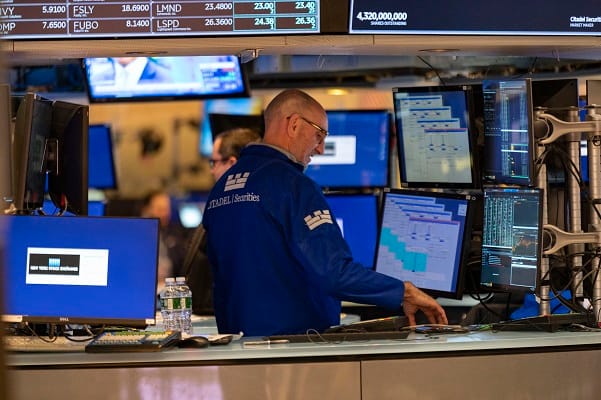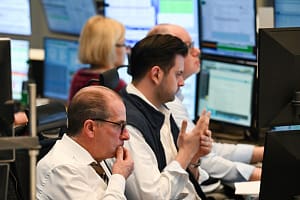Covid lockdowns in China, disruptions in global supply chains, and geopolitical tensions are casting the spotlight on the drawbacks of globalisation.
This has resulted in phenomena such as nearshoring, from which Mexico should benefit, and greater efforts to be less dependent on expensive raw material imports, such as those India is undertaking. Domestically focused companies, for example in Brazil, can also play to their strengths.
Companies have recognised the downside of dispersing their production in faraway facilities and are now bringing production back closer to their customers.
We expect Mexico to be one of the biggest winners of this trend, due its geographical proximity to the United States. Mexico’s other advantages are its correspondingly low transport costs, its existing trade agreements with the US and Canada, and its relatively stable political environment.
Moreover, Mexico’s manufacturing wages are, on average, about 45 percent lower than China’s. And it has no reason to envy other countries regarding the qualification of its workforce.
It has one of the OECD’s highest rates of mechanical engineering graduates. Analysts estimate that a 3-7% increase in Mexico’s share of US manufacturing imports could boost its gross domestic product by about 1-3%. We expect these factors to benefit industrial real estate, along with the industrial and automotive sectors.
Brazil’s relatively large domestic market shields it from global trade winds to a certain extent. There are some locally active, fundamentally well-positioned companies to be found there.
By virtue of stable consumer demand, Brazil’s economic growth has constantly surprised on the upside, and the central bank has now completed its cycle of interest rate hikes. Now that Lula da Silva has been elected president, we can set aside uncertainty over the election outcome, and expect a leftist policy from the new president, but one that is moderated by the close election outcome and the political majorities in Congress.
Meanwhile, many issuers have been able to refinance on the local market, despite the international market’s being mostly closed to new issuance, and local investors’ continued appetite is supporting prices. Overall, we are currently positive on Latin America and are overweighting it accordingly.
But there are also investment opportunities in Asia beyond China, which has been the biggest beneficiary of globalisation to date. Indian renewable energy producers, for example, are worth considering.
This is a strategic sector for India, particularly in its quest to reduce its emissions and dependence on foreign oil. Renewable energy already accounts for about 30% of India’s installed capacity, and broad diversification in terms of both energy sources and geography are making India less vulnerable to unfavourable weather conditions.
We see hard-currency corporate bonds as an attractive avenue for investing in emerging market companies, with the high yield segment being particularly interesting.
At around 11%, the yield-to-maturity available in this asset class is now at 10-year highs. Only during the Covid panic in March 2020 were yields briefly higher. High-yield companies in emerging markets have consistently exhibited better metrics than their developed market peers.
By historical standards, as well, they are currently fundamentally well positioned, with, for example, net debt ratios at their lowest since 2012. Many companies have shored up their balance sheets in recent years and refinanced accordingly at low interest rates.
Most companies’ repayment schedules are manageable, and they are under no pressure to refinance at this point in time. Another advantage of these bonds from an investment point of view is that they have shorter durations than comparable high-yield bonds from developed markets or emerging market government bonds.
This makes them less sensitive to shifts in interest rates, which is advantageous in an environment of monetary tightening.
Over the coming weeks and months, we expect global economic uncertainty and, hence, market volatility to persist and for the economy to cool down. While this also affects hard-currency high-yield EM corporate bonds, the solid fundamentals of issuers should nonetheless be able to cushion them from some of the impact. Against this backdrop, we expect this asset class to offer attractive returns in the medium term, providing an attractive entry point for long-term investors.






Leave a Comment